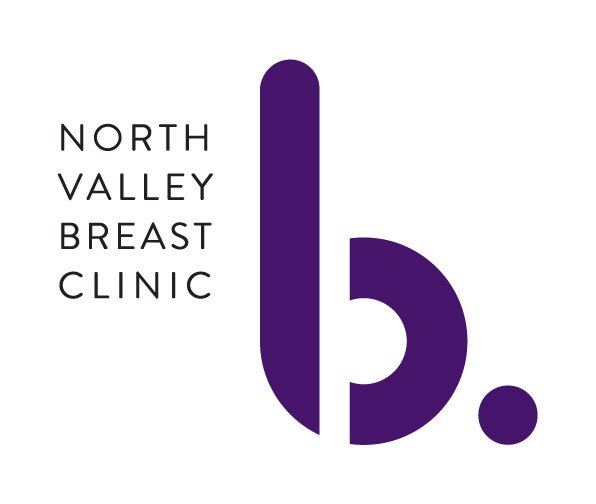Diagnostic Yield
Diagnostic yield is the number of cancers diagnosed per 1,000 women screened. These are women who are asymptomatic, meaning that they don't have any lumps, focal areas of pain, or other clues to the presence of a cancer at the time of their screening. Diagnostic yield is an important outcome measure because it reflects the quality of our imaging and the accuracy of our interpretation.
When applied to risk-stratified screening programs, this statistic represents the overall performance of all our imaging technologies. In our case, this includes cancers diagnosed by mammogram, ultrasound, and MRI.
Overall diagnostic yield (cancers diagnosed per 1,000 women screened) at the North Valley Breast Clinic. Updated January, 2019
Our diagnostic yield is excellent. It has taken us a long time and a lot of work to get here. I am very proud of this. Consider that a typical diagnostic yield, with mammography, is between 3-5. Add in tomosynthesis (3-D mammography) and you might get up to 4-6. In 2005, a group of academic centers throughout the United States published a study using the best available equipment and leading readers. They got to 7.2. Very few centers today achieve more than 7. This suggests that mammography is nearing the limits of x-ray physics. In the last 14 years, despite a lot of investment in training and resources, 7 seems to be about as good as we can get with it.
Even at a yield of 7, we know that there are cancers missed on mammography alone. That means that diagnostic yield can and should be higher. To increase yield, we use a technique called risk-stratified screening. We combine mammography, ultrasound, and MRI to improve diagnostic yield. This technique is based on choosing the best imaging possible for each client based on their risk. For details, see the recently updated risk-stratified screening recommendations published by the American College of Radiology, here.
With risk-stratified screening, our current diagnostic yield for mammography alone is 7.4 cancers per 1,000 women screened, a very respectable figure. Automated breast ultrasound adds an additional 3.2 cancers. MRI adds an additional 0.7 cancers. This gives us a total yield of 11.3 cancers/1,000 women screened. This represents a level of performance over 50% better than with mammographic imaging alone.
Something else to notice on the graph is that diagnostic yield for the first year of screening is very high, about 17. This is because before women are seen here they are underscreened. Underscreened women have cancers that could have been diagnosed earlier had they undergone more appropriate imaging. After of couple of screening years, their yield settles down to just over 11, which reflects the chance of developing a detectable new cancer within the year.

